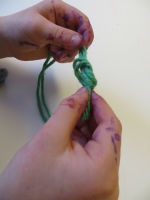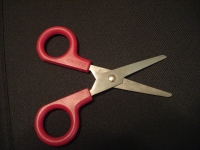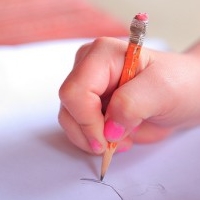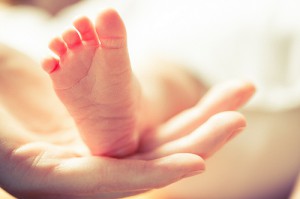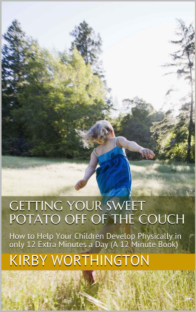In an earlier article on gross motor development, we focused on the upper body as the development stages go from the head down (and the core outward). Today, we would like to revisit gross motor early intervention with a focus on strengthening balance. This is a task that can easily be accomplished in the small moments of daily routine such as while waiting - give the child the challenge to stand on one foot, switch feet, put arms out to the side to help them balance, etc.
We have touched on this topic before in the blog so we'll put some links as well as some additional ideas here for you:
- put a long piece of yarn on the rug making straight lines, then curvy lines along with more ideas listed under pretend balance beams using large steps and small steps (more difficult)

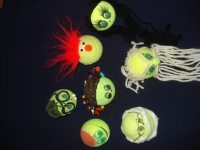
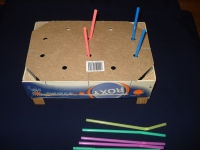
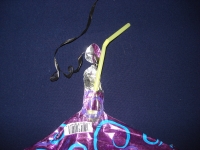
 How to Use a Hoop:
How to Use a Hoop: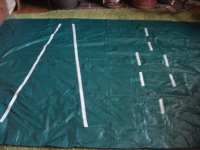

 Parents of preschoolers are tired people. Caring for little ones is exhausting work. We have the best intentions of providing enriching activities for our kids, but when exhaustion sets in, good intentions go out the window. To help you plan for those times when you need something your child can do while you are lying down or sitting, here's a list of 20 activities.
Parents of preschoolers are tired people. Caring for little ones is exhausting work. We have the best intentions of providing enriching activities for our kids, but when exhaustion sets in, good intentions go out the window. To help you plan for those times when you need something your child can do while you are lying down or sitting, here's a list of 20 activities.
